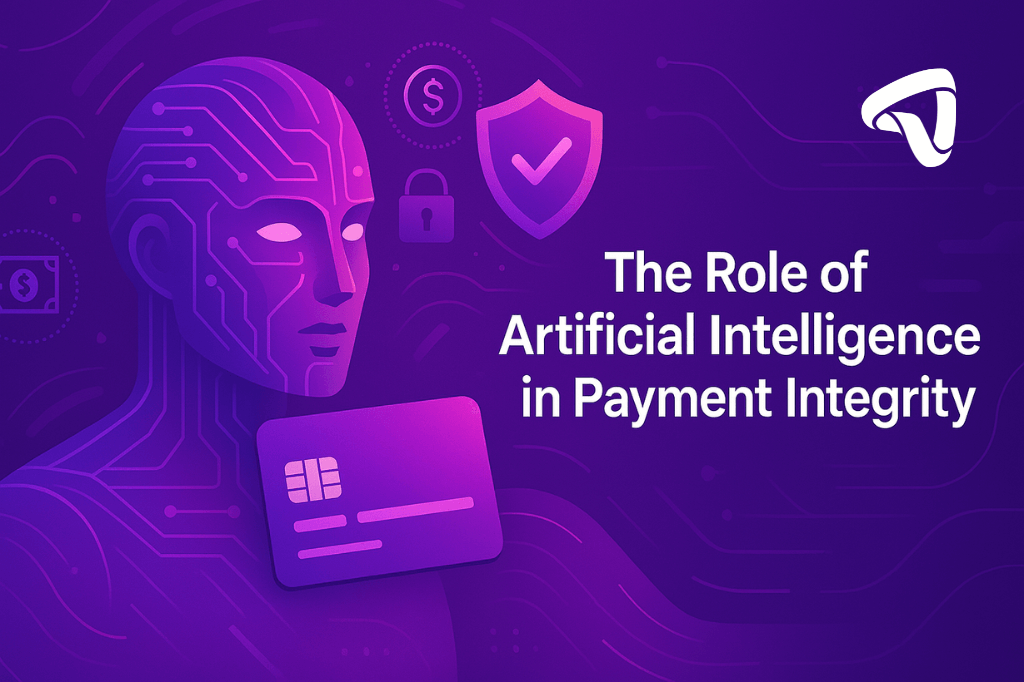A chargeback is when a cardholder disputes a transaction on their card with their card issuer. This is usually done by contacting the credit card issuing bank and filling a dispute for a transaction that is either not identified on the card statement, or the cardholder is at odds with the merchant over the purchase. This is sometimes done when a stolen card is used for a particular purchase. In contrast, the purchase was not made by the cardholder or anyone legally authorized by the cardholder to complete the transaction on their behalf.
In case of a filed chargeback or transaction dispute, the card-issuing bank usually starts an investigation process to trace the transaction back to the merchant to understand more if it was an authorized transaction and if the terms of the purchase were clearly mentioned to the cardholder and if there was any fraudulent activity on the card. This dispute process is usually tedious and usually incurs hefty fees on the merchant. It could result in a complete transaction reversal in which a merchant might not recover the item sold or, in some cases, after which the service was already delivered.

Even though chargebacks are designed to prevent unauthorized and fraudulent activity on a credit card, there are several steps merchants should always take as part of good online payment practices to increase their chances of preventing a chargeback request. Below are the recommendations for processing online payments:
- Always have clear and valid contact information for clients who transacted with the merchant so that they can reach the merchant in case of inquiries. It is always best for the merchant to try to resolve any issues with the customer directly before a chargeback or dispute is filed.
- Merchant websites or payment links should have a clear refund policy and payment terms specifying the return policy, terms of return (if any), and contact method.
- Upon a successful purchase, a purchase confirmation will be sent to the client as soon as possible to provide clients with proof of purchase in case they have doubts about the transaction.
- An invoice issued to the client immediately after purchase shows the amount paid and clear company contact information, including the legal company name and company VAT/tax number.
- A product or service should always have a clear and detailed description that matches exactly the service or product delivered. This includes delivering a complete service and/or fully functioning product as purchased.
- Collecting clear and accurate client information at the time of purchase, including phone and email, billing address, and delivery address (in case of delivery).
- For service providers, a clear and detailed signed contract with the clients before payment takes place that describes the service, the parties involved, payment terms, terms of service, refund policy, resolution procedures, and governing law is essential.
- Maintain the transaction information for 1 year from the transaction time and be able to revert to it when required by the payment gateway or card-issuing bank.
Although none of the above steps eliminates the risk of a chargeback to the merchant, the above-listed best practices provide merchants with a guideline on how to best handle an online payment dispute and be informed if a chargeback is filed against a transaction. Partner Payment gateways play a large role in helping merchants go through chargeback and dispute if needed, merchants should always understand what the chargeback fees and procedure is provided by their payment gateway or acquiring bank before signing on to their service.
Paymennt provides direct support to its merchants in the case of a chargeback or transaction dispute and will always fully collaborate with the merchant, issuing, and acquiring banks to resolve the issue.


